
Image: 20th Century / Disney / Universal / Compass International / Lionsgate / Kotaku
In This Story
Can you feel that chill in the air? Are the trees in your neighborhood shifting shades from verdant greens to crisp reds and oranges? Notice that the sun is setting earlier? Though these are all markers of the beginning of fall AKA the beginning of my seasonal depression, they are also, gratefully, signs of spooky season. Yes, we are entering the period of Halloween, of candy and costumes and creepy things, and the colder temps mean it’s also the perfect time to curl up on the couch with some warm apple cider and a thematically appropriate movie.
Elsewhere, we’ve ranked every Tim Burton film, and gathered a few scary sci-fi flicks in our list of the best ones in the last 50 years, so if you don’t see those flicks here, that’s why.
This list has 31 spooky-season movies that are absolute must-sees this Halloween season, from terrifying tales to cutesy capers. Expect some classics, like The Exorcist, the OG Halloween, and The Addams Family, as well as some newer and cult-ier stuff like Jennifer’s Body and Near Dark. Whatever kind of mood you’re in, we’ve got a movie here for you—hell, there’s one for every day in October! You can start early if you want, or wait until the month kicks off and start getting through the list, the choice is yours. Click through for 31 movies to help you celebrate spooky season.
Before there was Twilight, there was Near Dark. The hard-to-find Kathryn Bigelow film (which only recently cropped up on YouTube, the last time I wanted to watch it I had to wait for it to be available on Criterion) tells the story of small-town farmer Caleb (Adrian Pasdar) who meets a beautiful drifter named Mae (Jenny Wright). The two flirt and fall in love that same night, but just before sunrise, she bites his neck and runs away, turning him into a vampire. Caleb is unwilling to feed, and Mae’s coven of vampires don’t like him one bit—they want him dead, and the most unhinged one in the bunch (played brilliantly by Bill Paxton) poses a threat to Caleb’s entire town.
Near Dark is sexy and gory and intense, a neo-Western meets vampire flick meets Shakespearean romance. Though this is just her second film, Bigelow’s talent in establishing a vibrant, vibey atmosphere and pulling incredible performances out of her actors is apparent—this could be one of Paxton’s best roles, and I absolutely adore the crossover between this film and James Cameron’s Aliens. Cameron (Bigelow’s ex-husband) suggested she use his ensemble of actors from the 1986 film in Near Dark, and history was made—the terrifying trio of Paxton, Lance Henriksen, and Jenette Goldstein play off of each other brilliantly and act as a fine, furious foil to the star-crossed lovers.
By the end of Near Dark, you want nothing more than Caleb and Mae to walk out into the sun together, unscathed. They walked so Edward and Bella could run. — Alyssa Mercante
Isolation is one of the most horrifying things a person can experience, and The Shining expertly captures the psychic damage it can cause. Author Stephen King has raked the 1980 adaptation of his novel through the coals over the years, but the public has been much more receptive. Jack Nicholson and Shelley Duvall give career-defining performances that punctuate the Torrance family’s descent into madness, and The Shining’s fingerprints are all over pop culture, as its shocking imagery and absurdist line reads have embedded themselves as staples of the horror genre to be replicated and parodied decades later. Stephen King might not want you to remember the adaptation of his novel, but the film has since overshadowed the source material. — Kenneth Shepard
The original Halloween is the best movie to watch on Halloween. The slow, moody, and atmospheric horror film about Michael Myers returning to his town to kill again barely resembles the slashers and sequels that would follow in its footsteps. Its body count isn’t very high, it’s not super gory, and it doesn’t feature too many over-the-top moments. And yet, it’s still the best slasher ever made and the quintessential Halloween season flick.
It nails the feeling of Halloween night, even all these decades later. The slow build to Michael’s attack on the town and his intense confrontation with Laurie Strode is the perfect thing to have on in the background while handing out candy to trick-or-treaters. And then, as it gets later and quieter outside, you’ll be able to sit down and finish Halloween and you’ll almost believe that out there, somewhere, is Michael Myers. — Zack Zwiezen
Millennials, be honest: how many times have you watched Hocus Pocus? The 1993 film was basically permanently on the Disney Channel during spooky season when I was a kid, so I’d catch snippets of it when I was having my breakfast in the morning, when I got off the school bus in the afternoon, and after a soccer tournament over the weekend. As such, much of this film has been burned into my brain, from Sarah Jessica Parker’s hilarious take on an airhead witch to the adorable Max Dennison (played by Omri Katz) and the entirety of the musical number.
This is a classic spooky season movie—it’s campy and colorful and set during Halloween (there’s even a costume party). Bette Middler is absolutely brilliant as the head witch, and the child actors expertly hold their own against Hollywood royalty. Hocus Pocus is one of those films you throw on when you’re feeling a bit sick and need a soothing pick-me-up. It will forever remain one of the best spooky season movies of all time. — Alyssa Mercante
When I first saw Ari Aster’s feature-length directorial debut, I thought about it for days. Hereditary is the violent, demonic endgame of what happens when no one ever sorts out their generational trauma. The Graham family are picked off one by one by a chain of events set in motion by their grandmother who was long gone by the opening of the film. Hereditary is known for the grotesque, no-punches-pulled violence to which it subjects its family of four, but the worst of its violence are the acts of psychological torture they deal to one another. Whether it’s a son’s carelessness, a mother’s resentment, or a father’s inaction, the underlying horror of Hereditary isn’t in watching a family be torn apart by outside forces, it’s seeing it be desecrated from the inside with only the slightest push. — Kenneth Shepard
Full disclosure, I’m the adult child of an alcoholic, which definitely gave this film a particularly resonant power with me, but you don’t need to bring that baggage to the film for its humanity and horror to grip you. I also haven’t read the novel Doctor Sleep yet, but nonetheless, the film left me astounded by how Stephen King, decades after centering the destructive effects of alcoholism on family patriarch Jack Torrance in The Shining, turns compassionately to his son Danny, now grown and struggling (and, in Mike Flanagan’s wonderful film, played brilliantly by Ewan McGregor). There’s just so much wisdom here, about growth, about forgiveness and healing, about how finding a way to be kind and offer something to others can be what makes life meaningful.
Oh, and it’s also fun as hell, a story about a classic battle of good and evil, with the evil side represented by a group of soul vampires led by Rebecca Ferguson, and the good side helmed by Abra Stone (Kyleigh Curran), a young Black girl with psychic powers. If you can, watch the Director’s Cut. It makes a good film even better. — Carolyn Petit
Jordan Peele’s most recent film makes horror grand. It blows the typically intimate genre into a sweeping flick all about spectacles and the virtues we forsake in our pursuit of them. Like Signs, one of its inspirations, Nope conveys much of its horror through sound and brief glimpses, even suggestions, of the capabilities of its main threat, an alien that OJ and Em (Daniel Kaluuya and Keke Palmer, respectively) dub Jean Jacket, before a rousing showdown near the film’s end.
Nope is as heady as Peele’s socially conscious brand of horror has ever been, and it’s also just as inventive. Jean Jacket is a horror film villain (if you can even call it that) like I’ve never seen, and the most refreshing take on an alien in my lifetime at least. Its forms and motivations defy our preconceived notions of the alien, all while maintaining the very real danger of a confrontation with the unknown. In the words of OJ, it’s a “bad miracle,” and god am I glad that Nope came out of that. — Moises Taveras
Perhaps the quintessential witch movie, 1996’s cult classic The Craft is an absolute must-watch during spooky season (and required viewing if you want to be in my friend group). It has all the hallmarks of a great ‘90s film: the trials and tribulations of high school, the horrors teenage boys inflict, and the joy of finding a group of fellow outcasts to bond with—except there’s witchcraft. Think Heathers but on Halloween.
Fairuza Balk gives a legendary, infinitely quotable performance as Nancy Downs, the punk-rocker-turned-conjurer who gets drunk off her newfound power, while Robin Tunney plays the preppy protagonist with an effortlessness that makes me wonder why she didn’t get more leading roles. The Craft may not be technically accurate in terms of how it portrays witchcraft (maybe don’t bring this film up at your local occult store) but it’s my favorite witch movie of all time and the perfect thing to queue up with a glass of pumpkin beer in your hands. Don’t forget the cinnamon sugar rim. — Alyssa Mercante
The Saw movies get a bad rap from people who consider them to be “torture porn.” By the time the series concluded its first run with 2010’s Saw 3D, it had truly fallen into the trappings of that descriptor, exchanging its philosophical debate about the value of life to instead treat characters as playthings to be put through a meat grinder as grossed-out audiences watched through their fingers.
But I’d argue that Saw is not torture porn, and not even really a “horror” franchise in the traditional sense. Instead, I view it as a death game, complete with players, high stakes, and a philosophical struggle driving the whole thing. John “Jigsaw” Kramer is still one of the most fascinating villains in the horror genre. As a man with delusions of grandeur fueled by his own mortality, his fundamental views are so flawed that half the fun of the series’ elaborate timeline is watching him clash with everyone he comes into contact with. Yes, Saw is violent, often needlessly so considering some of the people Kramer puts into his death games, but watching its central villain paint social and moral commentary with the blood of his victims never gets old. — Kenneth Shepard
In the The Witch, a goat named Black Phillip asks its main character, a young Puritan woman whose family has been cast out of their village and who is blamed for her youngest sibling’s disappearance: “Wouldst thou like to live deliciously?” Yes, you read that right, and after watching writer and director Robert Eggers’ debut film and seeing how alluring witchcraft and devilish deviance would be for a woman living in such patriarchal and oppressive times, you understand the allure of such a question. From the moment the film opens, it’s clear you’re in for a somber, moody experience—but as soon as things start to go south, you can feel fear creep up your body like a cold, dank chill in a log cabin.
Along with exploring the cultural mindset of early Puritanical settlers, The Witch shows off Eggers’ obsession with historical accuracy—the structures on set were built by thatchers and carpenters well-versed in building in 17th century British-American style, and Eggers spent years researching language to ensure the script was written accurately. It’s a beautiful, haunting movie that put superstar Anya Taylor-Joy on the map.
Watching The Witch is like stepping into a time machine and out into an unknown, virtually uninhabited 1630s New England. With an unknown evil lurking in the woods and puritanical men telling you how to behave, wouldn’t you decide to live deliciously, too? — Alyssa Mercante
Dan Stevens is a national treasure. Not ours, but I still love him. After charming our pants off in Downton Abbey, he played against type as an unnerving Afghanistan war veteran who arrives back stateside in a small town to wrap up some unfinished business in 2014's The Guest. I haven’t seen anything else its director, Adam Wingard, or its writer, Simon Barrett, have made, but The Guest has become an almost annual Halloween watch for me. It’s incredibly low-stakes but also very unsettling, mixing some ‘80s B-horror movie vibes with the stomach-churning dread of all those post-9/11 war crimes stalking your conscience just off screen.
Stevens perfectly sells his performance as the war buddy of a family’s dead army son that teaches them to live, laugh, and love. Think Black Mirror meets Napoleon Dynamite with a stiff-upper lip Brit at the center of it. I showed it to my parents and they hated it, so it has that going for it too. — Ethan Gach
I think It surprised the hell out of all of us in 2017. After years of drab remakes of classic films, here was one that had some bite to match its bark. It, from director Andy Muschietti, successfully turns Pennywise the Clown (Bill Skarsgård) from a possible gag into a living nightmare, all the while adapting things that work from Stephen King’s acclaimed novel and, let’s just say, streamlining elements that always felt really out of place.
The cast of young losers are a marvel, especially Bev and Bill (Sophia Lillis and Jaeden Martell, respectively), but the movie really does belong to Pennywise, whose tendrils can be found puppeteering the evil machinations and tendencies of the town of Derry. Pennywise toys with the kids in increasingly absurd and horrific encounters that never lose sight of what a frankly silly villain a clown makes, while revealing that there’s obviously more to him than the clown greasepaint and his big-ass head. If you’ll forgive my use of the phrase, it’s a modern classic, through and through. — Moises Taveras
Hands-down this is Megan Fox’s best performance, not to mention an absolutely iconic film. Written and directed by Diablo Cody, Jennifer’s Body is a tongue-in-cheek flick about a popular high school girl who is sacrificed to the devil so a pop punk band can find fame—except she comes back to life as a man-eating demon. From the moment the movie begins, you know it’s going to be full of zingers and hilarious moments—there’s a 9/11 joke, more than one period gag, some bisexual barbs, and a jump-scare cameo by a young, scummy Chris Pratt. Fox is sarcastic and savage as the popular Jennifer Check, while Amanda Seyfried plays her hapless, hokey friend Needy with wide-eyed wonder that she, brilliantly, turns on its head near the end of the movie.
With a banger soundtrack (that includes Panic! At The Disco, Florence + The Machine, and Dashboard Confessional), gnarly gore, biting humor that could only come from the aughts, and a dark, sensual sexiness, Jennifer’s Body is an all-time classic. — Alyssa Mercante
David Robert Mitchell’s It Follows just works on so many levels. First, there’s the core concept of a relentless force pursuing you, somewhere out there, that can take the form of just about any person you can imagine, that will kill you if it catches up with you, and that you can only throw off the scent by having sex, in which case the person you sleep with becomes the target. It’s the kind of chilling notion that gets inside your head, haunting you long after you leave the theater, and it can serve as a metaphor for so many things.
Then there’s the virtuosic filmmaking, which makes the absolute most of this concept. Not only does protagonist Jay (Maika Moore) scour every environment she’s in, looking for anyone who stands out and could be the relentless pursuer, but so do we as viewers. The film takes devilish pleasure in showing us crowds, knowing that our eyes will scan everyone—all the people cluelessly just going about the business of their lives—wondering if, soon, it will become clear that one of them is the film’s Terminator, getting dangerously close to Jay.
And finally, there’s the way that It Follows, not content to be just a horror film about modern-day young people, engages in some subtle but terrific worldbuilding that makes its setting feel both recognizable and ever-so-slightly off. For instance, early in the film we see a teen using what looks at first like a clamshell-style makeup compact, but when she opens it, it’s actually some kind of high-tech e-reader. This is just the first of many (no-doubt deliberate) strange details and anachronisms that make the setting of It Follows as memorable and strange as the chilling concept at its core. — Carolyn Petit
We can play favorites all we want, but the truth is that the first Scream is the best one. I doubt one will ever come along that’ll outdo it, even if I find the escalating lunacy and campiness of its several sequels enthralling in its own right. What other franchise is constantly mocking itself while providing scares and commentary on the genre and the movie business?
The first Scream is the gift that keeps on giving. The opening with Drew Barrymore is timeless, not least of all for being the genesis of the line, “What’s your favorite scary movie?” Scream gave us the best final girl ever in Neve Campbell’s Sidney Prescott. It gave us the incredible homoerotic sexual tension between Billy Loomis (Skeet Ulrich) and Stu Macher (Matthew Lillard). It gave us freakin’ Ghostface, the most iconic slasher villain since Jason Voorhees, Jamie Kennedy as a horror film aficionado trying to predict and get ahead of the slaughter that descends upon the town of Woodsboro, and one of the most mesmerizing finales of a horror flick ever. It’s got gore, humor, and a star-studded cast. Scream will simply always be one of the best horror films you can possibly watch now or ever. — Moises Taveras
Barbarian is one of those movies that you should go into absolutely blind (if the internet will allow it) to ensure you get to experience maximum madness. I remember seeing this movie in theaters—how I simultaneously laughed and gasped in disbelief at certain moments, how my heart rate refused to drop long after the credits rolled, and how I couldn’t stop talking about it to anyone who’d listen for days after seeing it.
In Barbarian, a young woman named Tess (Georgina Campbell) arrives at a Detroit rental house that is already occupied by an incredibly handsome guy named Keith (Bill Skarsgård). The neighborhood is a bit sketchy, and though she’s initially wary, Tess warms up to Keith and decides to sleep in the bedroom while he takes the couch—it seems like the two may even have a *vibe* going on, so there’s hope that this messed-up situation could turn into something great. Except, of course, it doesn’t. The entire situation descends into full-blown horror, as the two discover the house’s hidden secrets, the horrors that have taken place there, and the monsters that lurk within.
Though Barbarian includes plenty of the kind of cruel violence you’d expect from a horror film, there’s also the pleasure of seeing Justin Long appear as a slimy, skeezy actor who gets exactly what he deserves, and it is glorious. — Alyssa Mercante
“Because you were home.” These words, chillingly delivered by one of The Strangers’ anonymous assailants at the very end of the movie, have never failed to make my spine tingle. The Strangers is no gore fest, nor is it a rampage. It’s got arguably one of the lowest kill counts of similar horror movies, and yet it is one of the most terrifying things in the world.
What if death and violence just comes for us indiscriminately one night? What if it creeps into our home and snuffs us out just because? What if there’s no significance to these life-or-death matters beyond being in the wrong place at the wrong time and in the sights of the wrong people? That’s the paranoia that The Strangers taps into as you slowly watch a trio of masked strangers terrorize a couple, creepily linger in the background of scenes, and finally shed blood just for the hell of it. If you want to be scared off from ever living in the suburbs, or are a millennial or Gen Z kid who’s never going to own one anyway and wants to feel alright about it, watch The Strangers. — Moises Taveras
Almost undoubtedly the best horror comedy romance movie ever made, Shaun of the Dead is a spectacular crowdpleaser, and an ideal horror movie for people who don’t like (or who think they don’t like) horror movies. It’s not that it skimps on the scares, it just wraps them up in such delightful, hilarious, infectiously enjoyable circumstances that even most scaredy-cats will be laughing along, enjoying the ride, and discovering that horror can be wonderfully fun. — Carolyn Petit
The Ritual may be my favorite full-blown horror film, thanks in large part to the eeriness of its setting (a Swedish forest) and its folk-horror roots—few things scare me more than ancient evil, and this movie is full of that shit. The Ritual begins with four friends whose relationship is strained (to say the least) embarking on a hiking trip together in an effort to heal after they experienced an incredibly traumatic event. Horror loves trauma dumping, and boy does it just get worse from there.
Shortly after the foursome steps into the dense woods, one of them gets hurt (surprise) and they decide to cut through the forest to ostensibly get him help faster. A torrential downpour forces them to take shelter in a creepy old cabin, but when the men wake up in various states of panic and pain, it’s clear that there’s something wrong with these woods. Things only get crazier from there as they realize they’re not only lost, but being pursued by something. The acting is top-tier, the movie looks beautiful, and its perfectly balances the pace throughout its 94-minute run-time. The Ritual has it all: confronting traditional notions of masculinity, people impaled on trees, a cult worshiping an offspring of Loki, and, of course, a lot of moments that will make you scream. — Alyssa Mercante
I like my horror to be a little more ambient than the balls-to-the-wall bloodshed and gore sort we often get. There’s a time and place for that kind of stuff, but I’m much more into movies that creep at the same pace as Lake Mungo, a film shot as a fake documentary about the death of a girl named Alice and the ways in which her family deals with her loss.
There isn’t much in the way of thrills in Lake Mungo, but the action of the movie gets increasingly unsettling as the family begins to spiral and believe that Alice is haunting them. It doesn’t go full Paranormal Activity, but the family does start recording their home in the hope of finding some proof that she is still with them, and what comes of these explorations is sufficiently lo-fi and eerie. If the rising tension of the movie keeps you around long enough, stick through its credits to be totally weirded out and gain a newfound uncomfortable feeling in the pit of your stomach. — Moises Taveras
The Descent was the first horror movie I ever saw in theaters, on a first date with a guy who would eventually become my high school sweetheart. So, I bizarrely have fond memories of a rather horrifying film for that very reason—because let me be clear, The Descent is intense. It follows a group of women who go on a spelunking expedition after one of them suffers a tragedy, just for more tragedy to ensue because this is, after all, a horror movie.
Not long after their descent (teehee) into the convoluted cave system (an unexplored one, which the woman who led them there conveniently leaves out), a collapse blocks their exit. They forge onward, finding signs that other expeditions have made their way through this place seeking an exit. But there’s something else: horrible, Gollum-like predators that feast on human flesh. The Descent is a gory 100 minutes of heart-pumping jump scares and horrors, and is definitely one of the scarier films on this list. — Alyssa Mercante
I’ve watched a lot of horror flicks over the years, but Fire Walk With Me is one of the few that I think really captures the essence of evil. A far cry from the weird and offbeat TV show that preceded it, Fire Walk With Me recounts the last living days of Laura Palmer, a tortured American teenage girl if there ever was one. It is not a movie for the faint of heart, and you should consider this a warning for the lengthy list of troubling subjects and material in this movie. If you do manage to brave this thoroughly unsettling movie, preferably after at least watching Twin Peaks, you’ll find a deeply sorrowful and empathetic tale that is more than just a bizarre blend of surrealism, off-kilter quirkiness, and homegrown horror.
If the goal of Twin Peaks was to slowly and eerily subvert the cutesy image of suburban domesticity, Fire Walk With Me is the ringing and piercing final shot into the dark heart underneath all that artifice, or at least it was until the show was eventually revived 25 years after its conclusion. In that light, Fire Walk With Me is also the agonizing and confounding blueprint for Twin Peaks’ eventual return, which borrowed heavily from the sensibilities of the film rather than the show’s original run, making it the most essential viewing to understand the entire arc of the series. Again, Fire Walk With Me can be a rough watch, but I think it’s one well worth the time and hardship. — Moises Taveras
Spooky season isn’t just about getting scared, it’s about embracing your campy side—something the Addams family understands better than most. Though the earlier 1991 film was the first to introduce us to this incredible cast (which includes young Christina Ricci, the hilarious Christopher Lloyd, and, as Gomez and Morticia Addams, the brilliant and beautiful Anjelica Huston and the late, great Raul Julia), this sequel is far better.
Not only is the title a tongue-in-cheek reference to the Republican obsession with conservative family values, but there’s a trio of ridiculously funny plots that weave together well, and an absolutely crackerjack performance from Joan Cusack. It’s a must-watch that will have a smile permanently plastered on your face. — Alyssa Mercante
Pulse—the 2001 Japanese original rather than the American remake—is another film that is low on thrills and jump scares but is dripping with dread. A horror parable for the internet generation, Pulse tells two parallel ghost stories at the turn of the century which hone in on themes of loneliness and connection. It’s one of the slowest burns ever, but it’s a sufficiently creepy and profound ride to the very end. As people begin to disappear around Japan, the film turns from one about metaphoric isolation to the actual thing, and seeing the city streets slowly empty out over the course of the movie feels like watching the apocalypse quietly claim us all.
Pulse is unnerving as all hell, and nowhere is that truer than in its most iconic scene. In it, the character Yabe (Masatoshi Matsuo) crosses a threshold he clearly shouldn’t and meets with a ghost in a poorly lit and clearly abandoned passage. The striking silhouette of the apparition emerges from a shadow towards Yabe, at which point he recoils, but the ghost doesn’t attack him. Instead, it menacingly just walks towards him, performs an unusual movement that briefly reveals its visage, and then reverts back to its stalk. The score and physical performance here are so unnatural that despite the lack of any real surprise, the scene’s action feels uncompromisingly urgent, and Pulse carries that to unease to its very final moments. — Moises Taveras
I won’t tell you anything about The Exorcist, in part because you probably already know its key story beats (and probably a few of its classic lines), but also because the story I will tell you will sell it for you.
My high school soccer coach was quite the orator, and every year when it got close to Halloween he would tell us scary stories at the end of practice, in a corner of the pitch where the field lights didn’t reach. One year, he told us about the night he had gone to see The Exorcist when he was a kid, and walked home alone in the dark, absolutely petrified the entire way. When he finally arrived home, his father was waiting in the bushes for him, and jumped out just as he reached the front door. My coach screamed and did a near-perfect back flip off of the front porch, to which his dad replied, “Wow, guess it was a scary movie, huh?” — Alyssa Mercante
Signs is well-remembered these days for a particular scene. I know it, you know it, everybody knows it. It’s the birthday party that traumatized everyone, and conjured a baffling bit of Spanish from Joaquin Phoenix. But surrounding that moment, Signs does a whole lot with very little, a trick director M. Night Shyamalan’s would hone, misuse, and then sharpen again across the next two decades.
The aliens that are constantly terrorizing the cast are heard more than they’re seen. You can tell they’re around by the shuffling of grass, the crop circles burnt into fields, and in one scene, by the sound of crickets chirping. When they are seen, they’re often obfuscated by darkness or some other scene element. They maintain an air of mystery and danger, even as Signs gets to its climactic showdown, because Shyamalan waits until he absolutely must show the alien threats to ever put them on screen. Even if the movie isn’t all that terrifying, the director still puts on a clinic, showing how to economically and tastefully build up suspense, making it a must-watch for lovers of the form. — Moises Taveras
I remember some choice aspects of 28 Days Later, otherwise known as the film that put zombies back on the map. Here are the two that stand out the most: Grandaddy’s “A.M 180” and the aesthetics of its apocalypse.
First, “A.M 180.” The synth-driven song seems vintage, like the sounds of an old arcade machine being played back through a warped or damaged recorder. Considering how it plays over a scene of the movie’s leading band of survivors pillaging an undisturbed supermarket after the collapse of society in a zombie outbreak, its deliberately nostalgic sound and lyrics pining for better days and company are well deployed.
Second, the movie’s style. 28 Days Later is widely heralded as the work that revitalized the zombie genre, which had become stale by the time of its release in 2002. Its plot was mostly character driven, and the aesthetics of its apocalypse were a bit more disheveled and grimy rather than rapturous and surreptitious. The band of militaristic and chauvinist villains revealed toward the end reflected a sentiment that’d only grow through the years: a deep distrust of the patriarchal institutions our society has propped up over eons.
Oh, and I guess this movie popularized zombies that could run. These are tenets that would go on to be found in tons of horror and horror-adjacent zombie media, such as the 2004 remake of Dawn of the Dead that heavily borrowed from 28 Days Later, and even The Last of Us. It’s one of the most influential pieces of horror since the turn of the century, and you’ve likely engaged with something that owes its existence to 28 Days Later, so it’s probably worth a watch. — Moises Taveras
Jordan Peele’s debut horror film, you will always be famous. From the brilliant casting of Girls’ Allison Williams as the fake-ass girlfriend to the incredibly uncomfortable white liberalism woven throughout, Get Out will make your skin crawl. Daniel Kaluuya is brilliant in the lead role, and the random punctuations of genuinely hilarious moments offer a reprieve from all the racism. White people, watch it with your parents. — Alyssa Mercante
I’ve watched a lot of movies throughout my life, meaning it’s hard to keep the plots of them all straight in my head. I know that Sinister is a movie about a writer discovering several snuff tapes, but I don’t remember a lot of the events around it all that much. I don’t really need to, though, because Sinister’s eeriest moments have been burned into my brain since my very first viewing.
Sinister’s most spine-tingling stuff are the snuff tapes that Ethan Hawke’s character watches over the course of the film. Each begins and ends in much the same way: an unseen figure seemingly records a family from a distance. In the videos, they are often enjoying time together, either in their living rooms or maybe by the pool. Nonetheless, the fact that they’re being observed prompts a sense of dread that is only made worse by the sudden shifts in the home video. Without fail, the happy scene of domesticity gives way to a murder. The kills aren’t gory or flashy, and in fact the camcorder sometimes seems like it’s struggling to make sense of the action, but the sound editing in these moments, as well as the unnerving and choppy footage, never fail to make me shudder. — Moises Taveras
Evil Dead 2 is far from the scariest movie on this list, but it damn sure is the funniest. Horror and comedy have a deep and intertwined history, and Evil Dead 2 is one of the shining beacons of that legacy. Essentially a remake and sequel to the original movie, it once again features Bruce Campbell in the role of Ash Williams, who takes a romantic trip to a cabin in the woods that gets disturbed by the forces of hell and evil trees. A bigger, better, more ridiculous, yet somehow more sensible movie, Evil Dead 2 skews more toward hilarity than outright scares, resulting in some big laughs while keeping things suitably weird. You ever blast a hole in the wall of a clearly haunted house, only for it to spew fountains of blood and then visibly mock and laugh at you? Well, Ash does in Evil Dead 2, and it’s as horrifying as it is hilarious. — Moises Taveras
Under the Skin is an entirely different kind of horror movie, in that it really isn’t even trying to play to the genre all that much. Many folks would probably argue with my classification of the movie, and that’s fine. Nonetheless, it is eerie as hell watching Scarlet Johansson drive a van around as a detached alien observing the human condition, pick up men around town, and subsume them into a nebulous void. The nothingness of this liminal and distinctly alien place is only exacerbated by the impeccable and sparse set design and score of the scenes that take place there. Under the Skin feels like a miracle: a quietly hostile feat of filmmaking that just needs to be seen to be absorbed and understood, and it’s a testament to the skill of director Jonathan Glazer that it came out as fully formed, bewitching, and confident as it is. — Moises Taveras



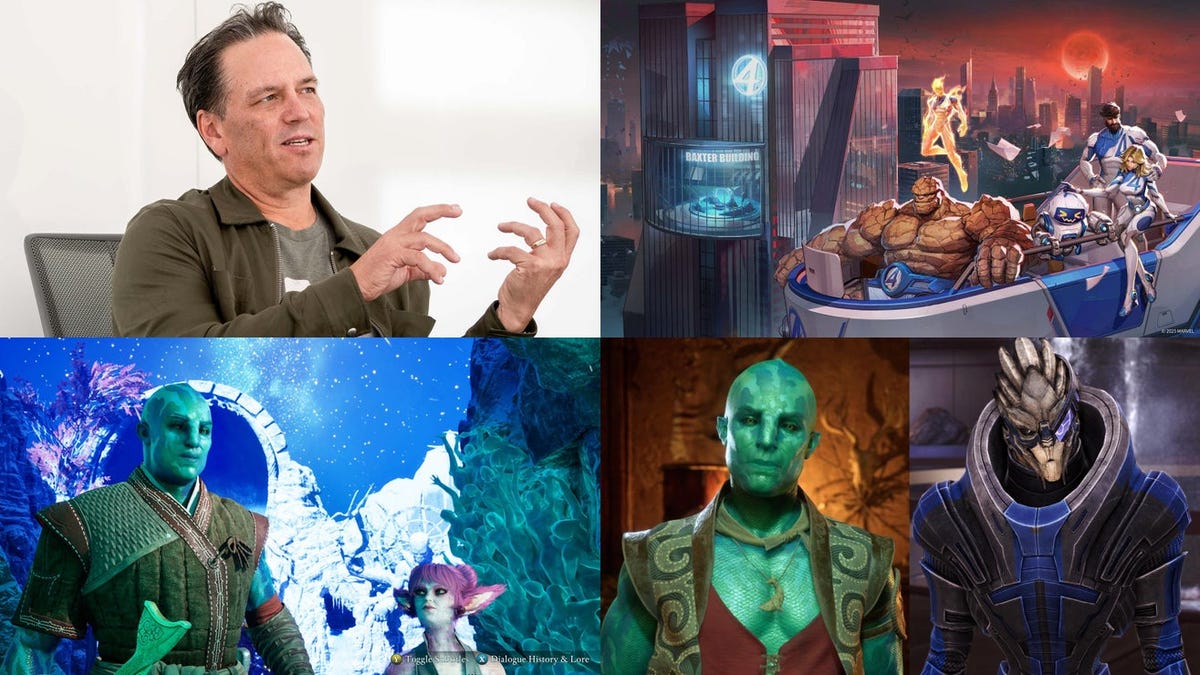




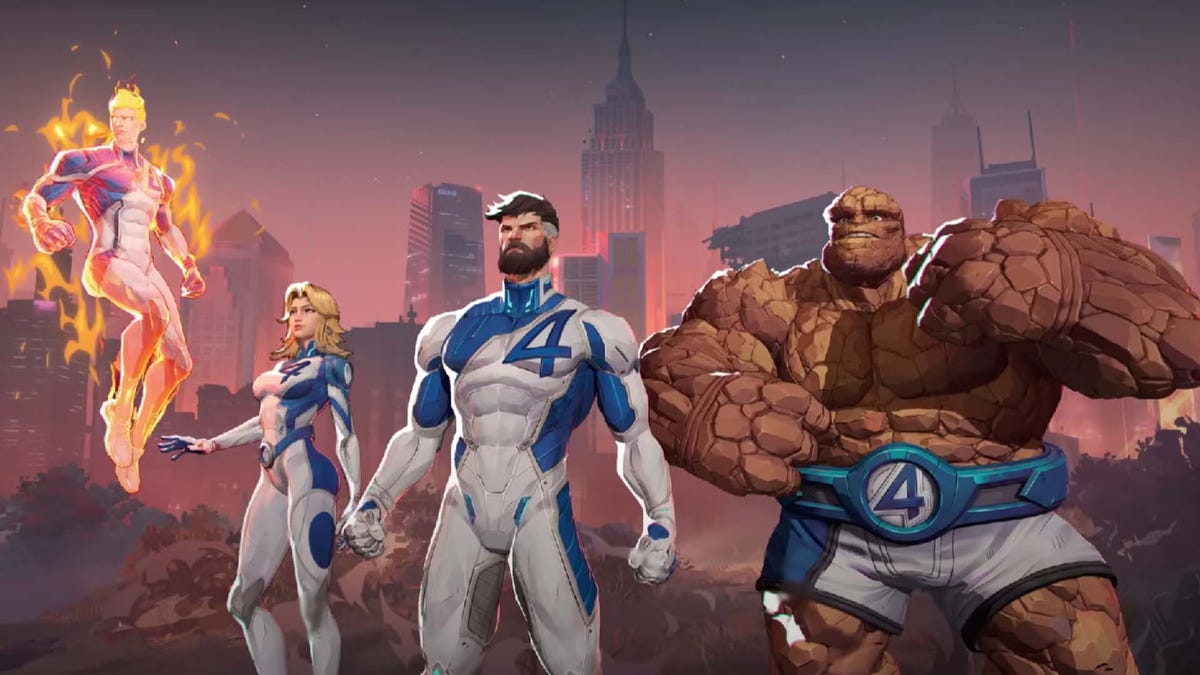


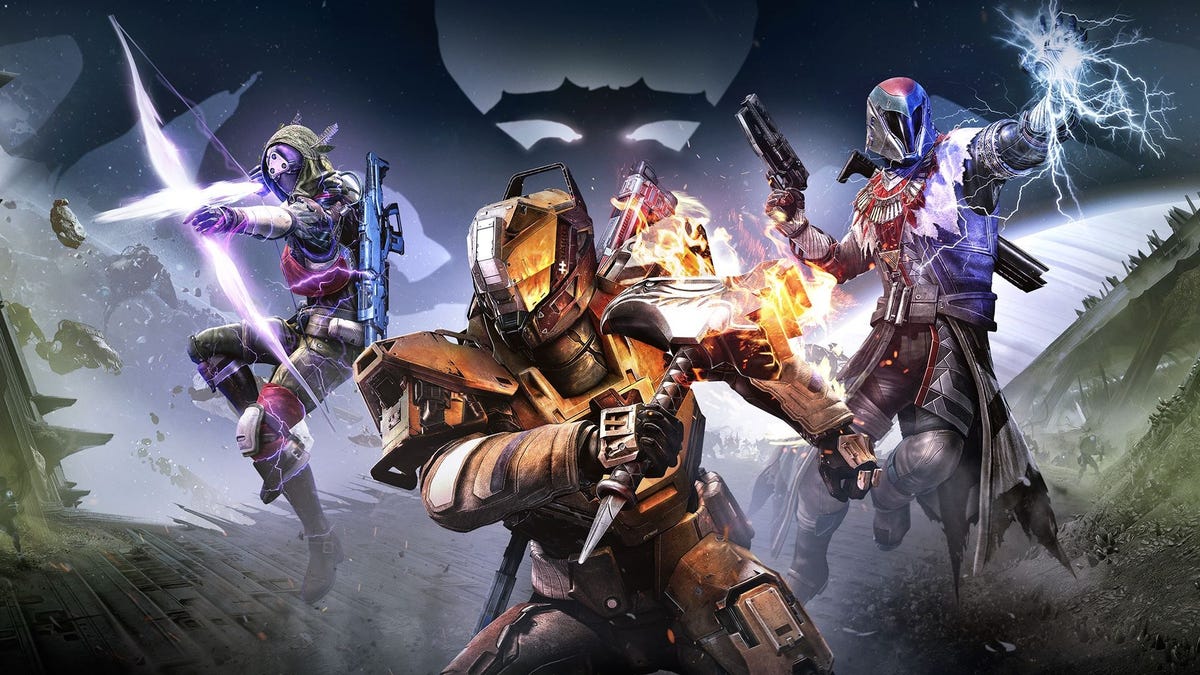
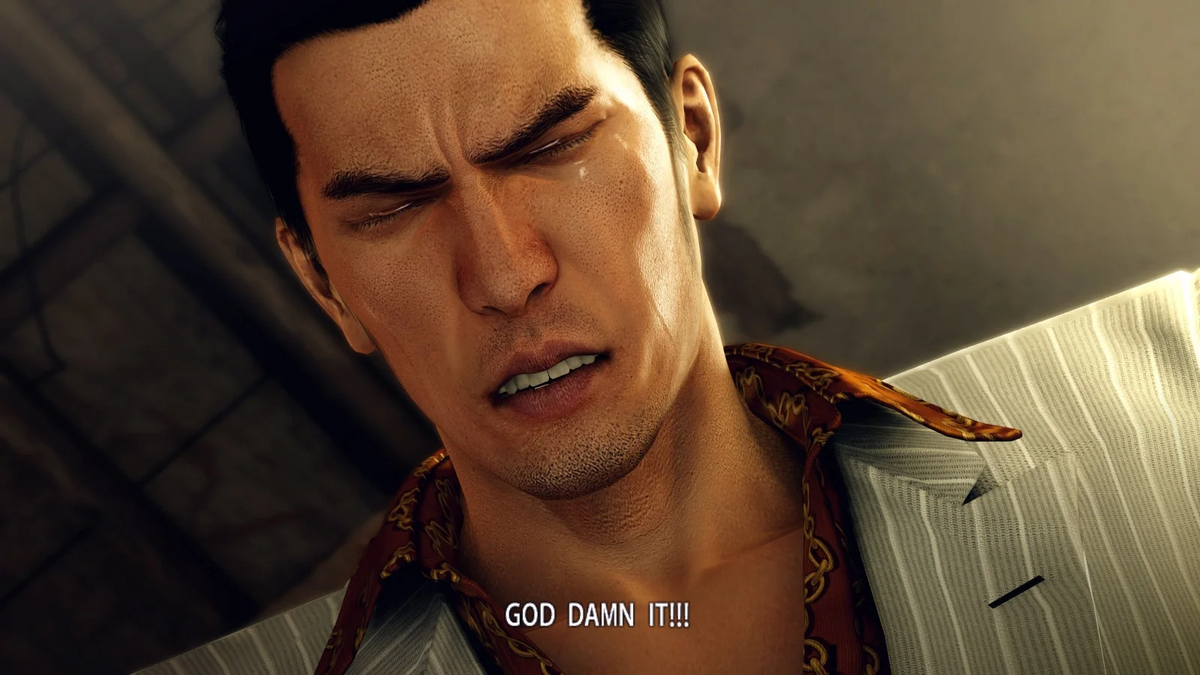



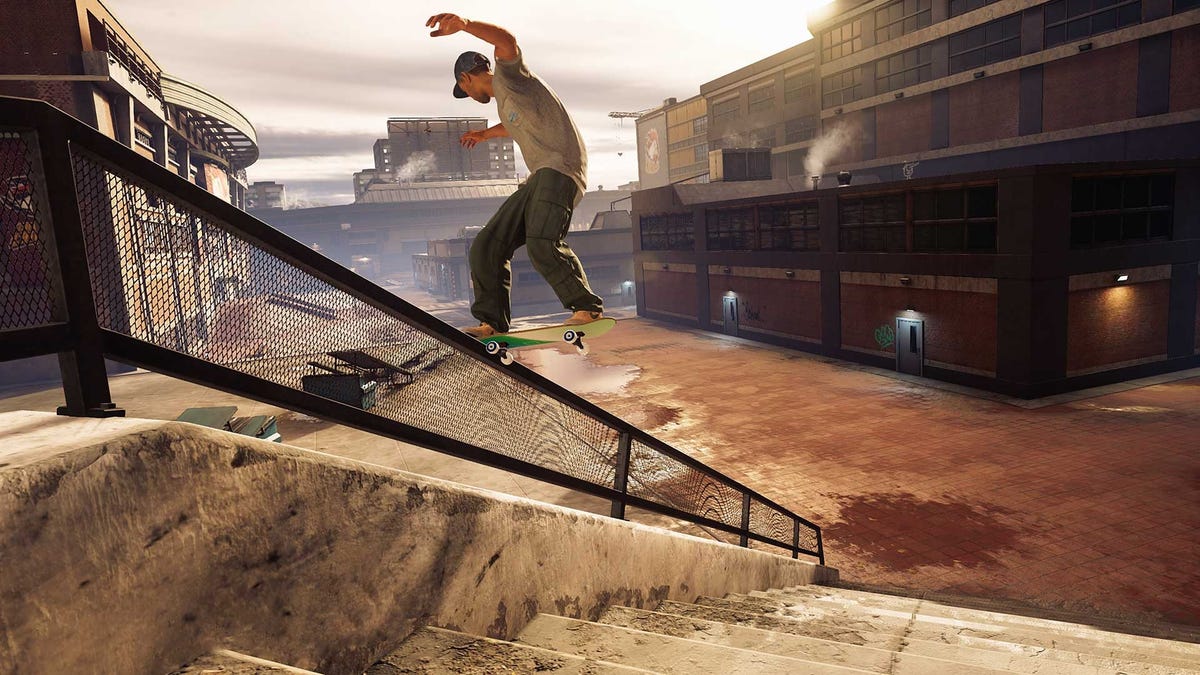



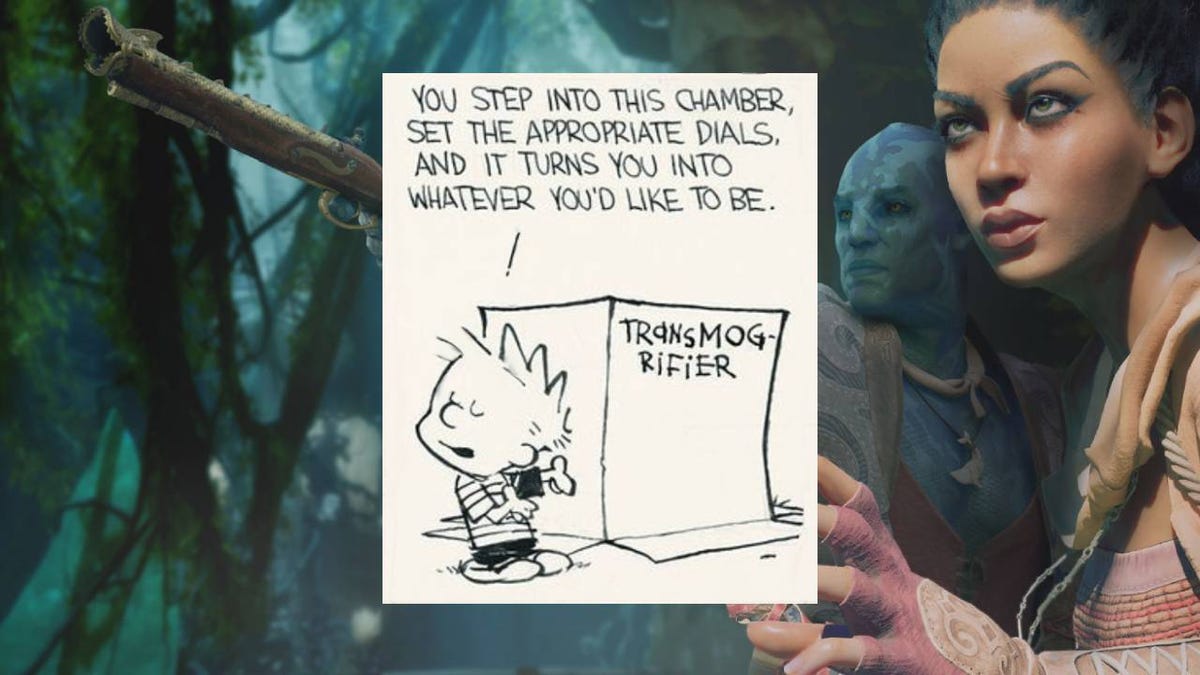


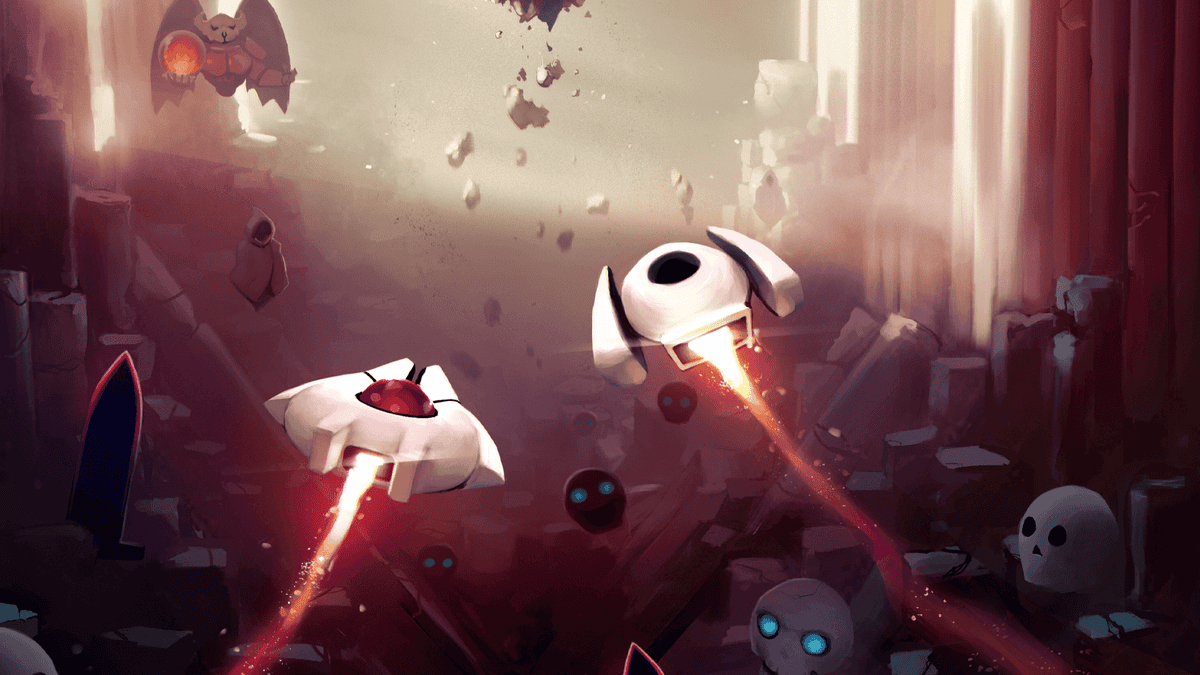

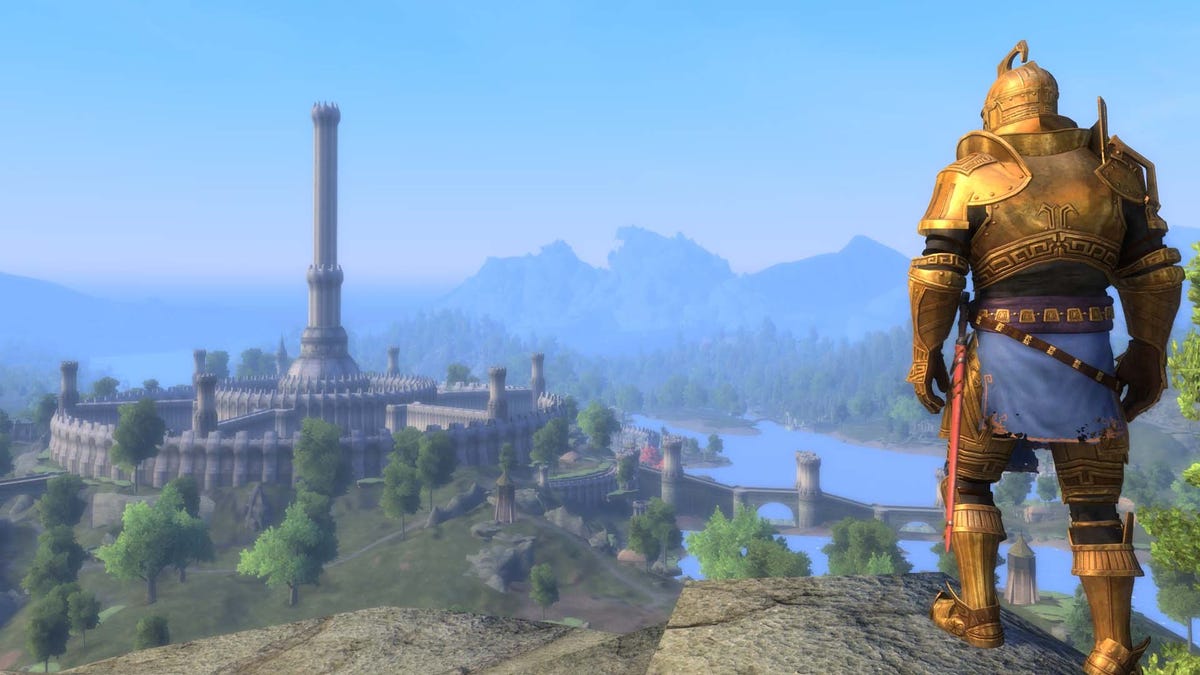

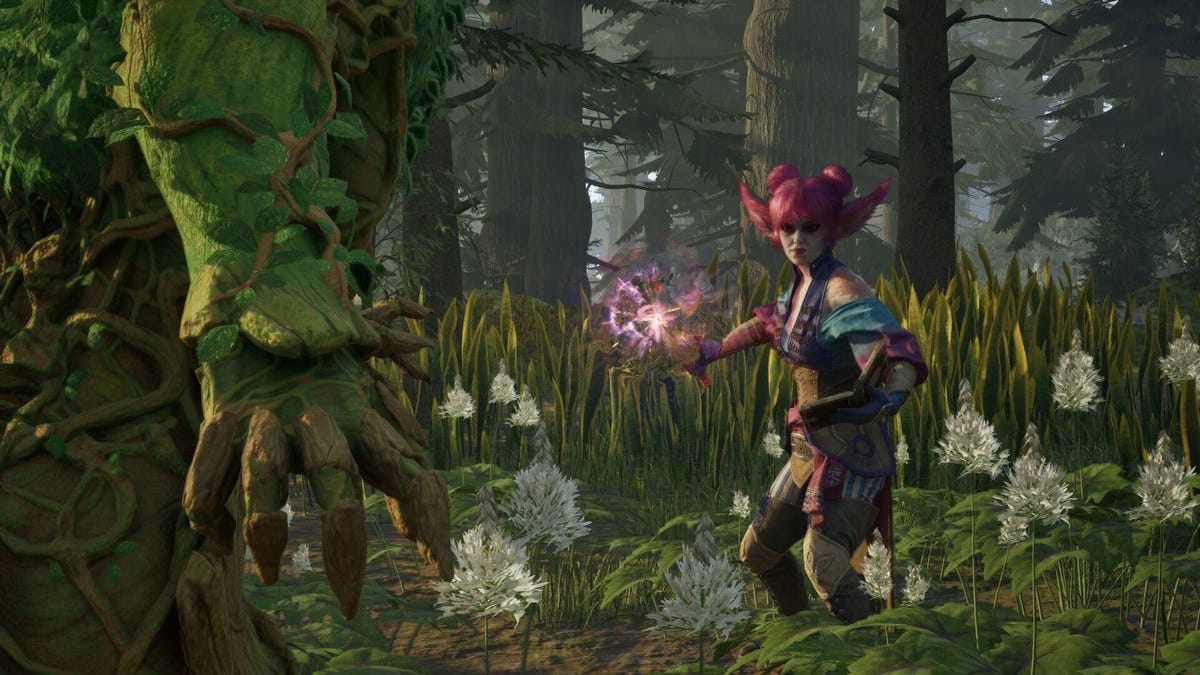

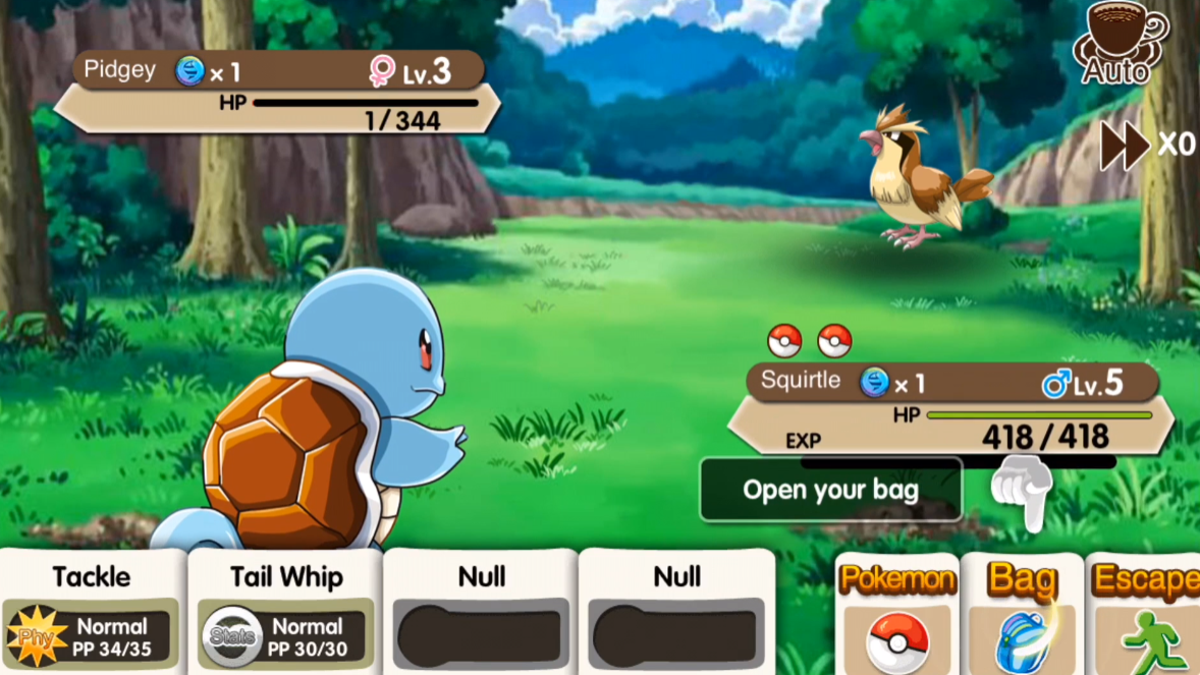
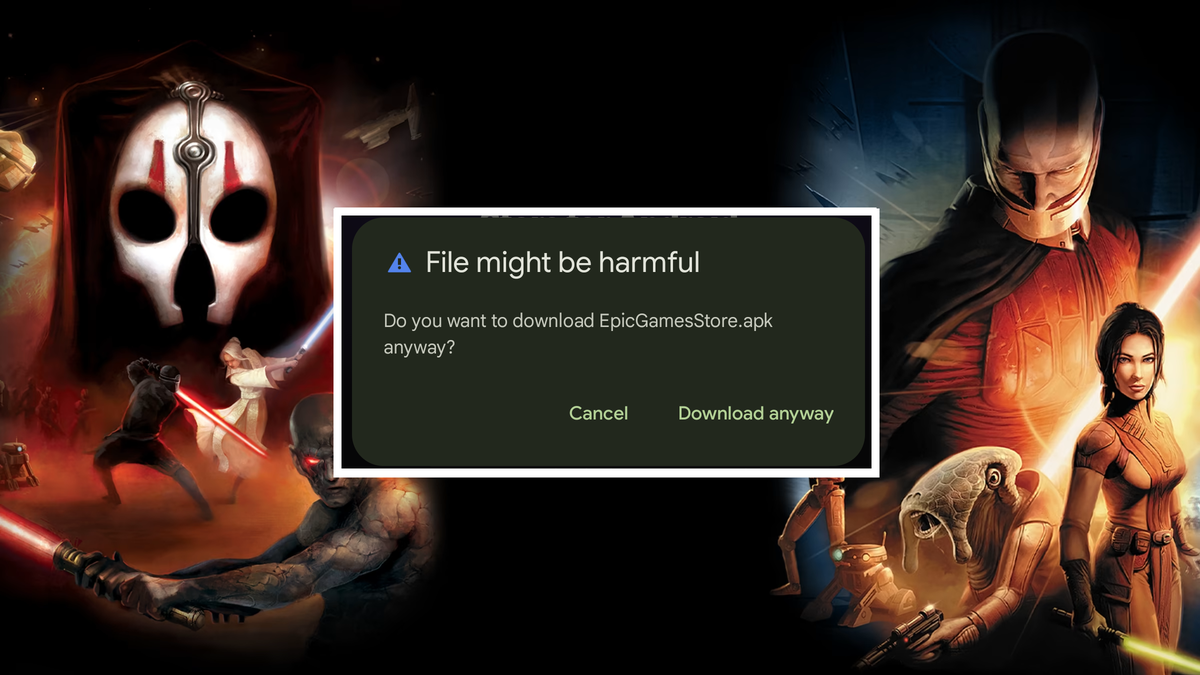
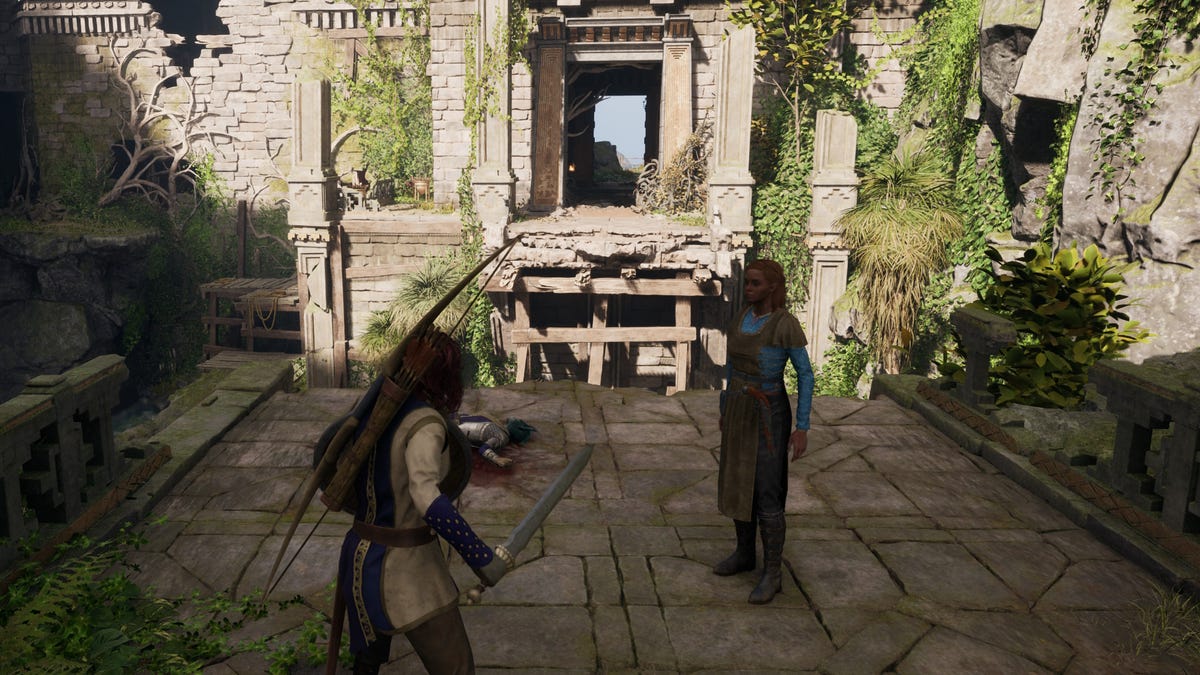
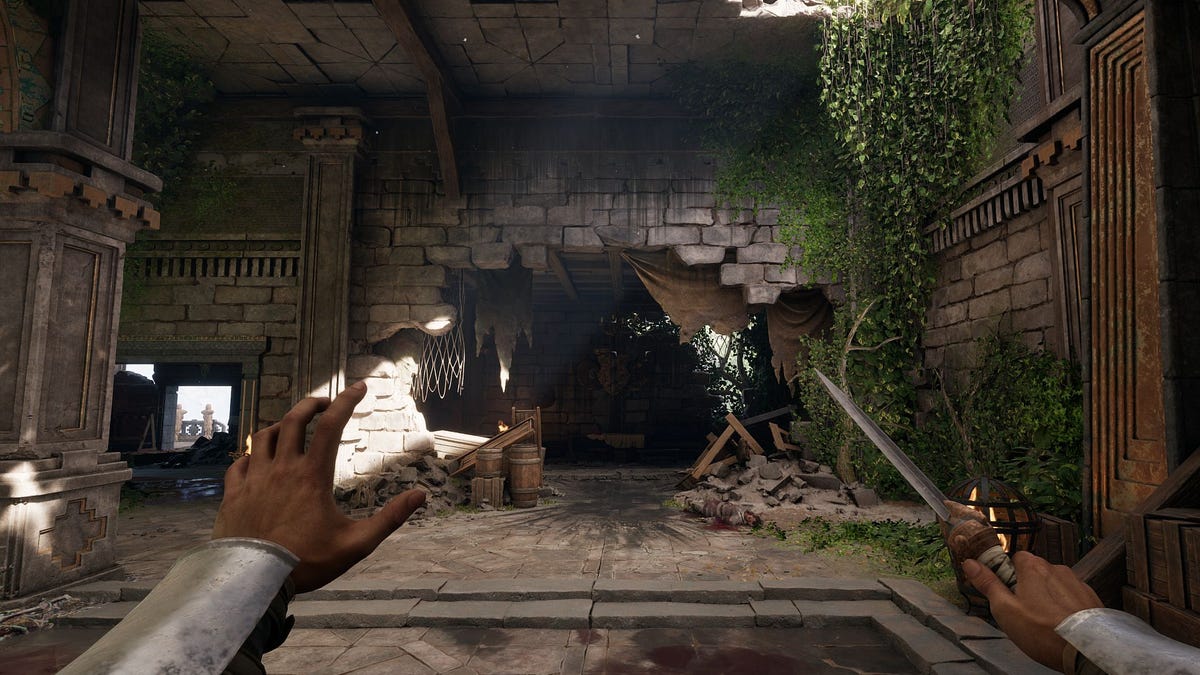

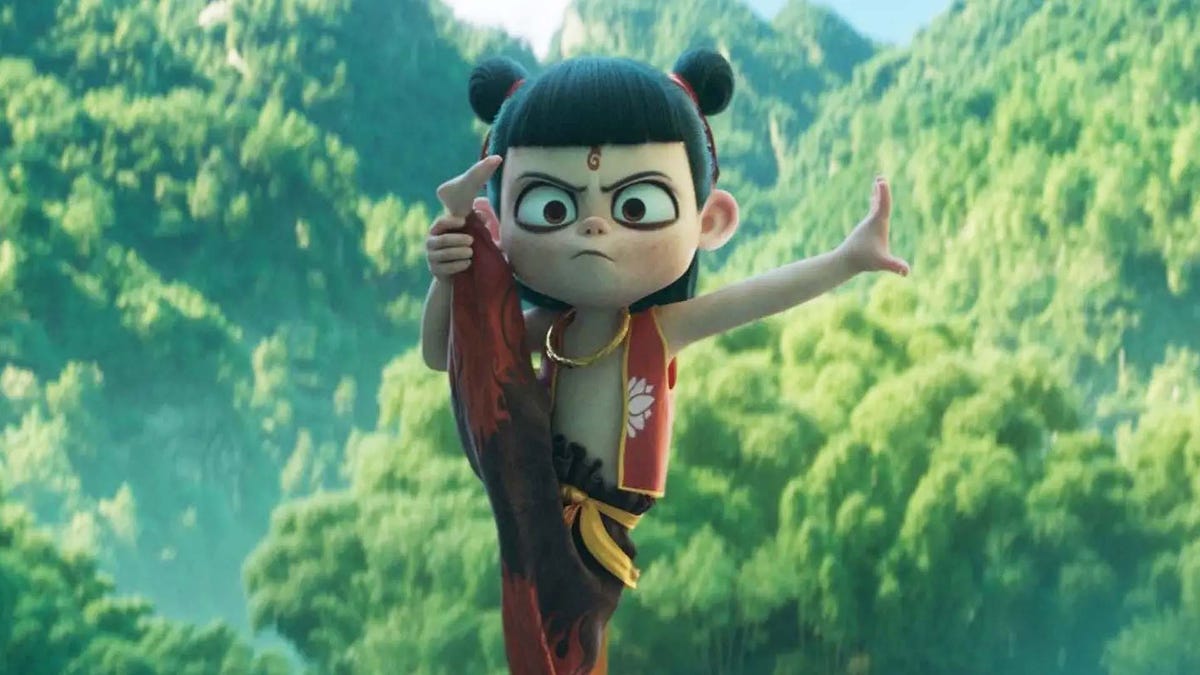









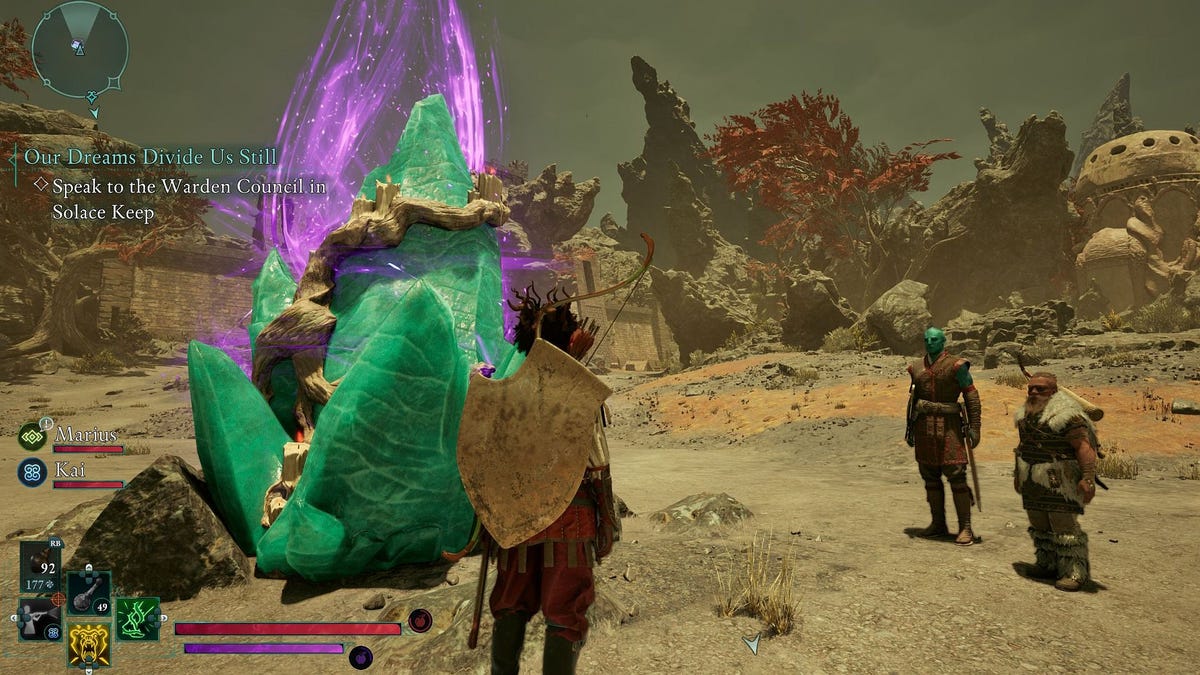






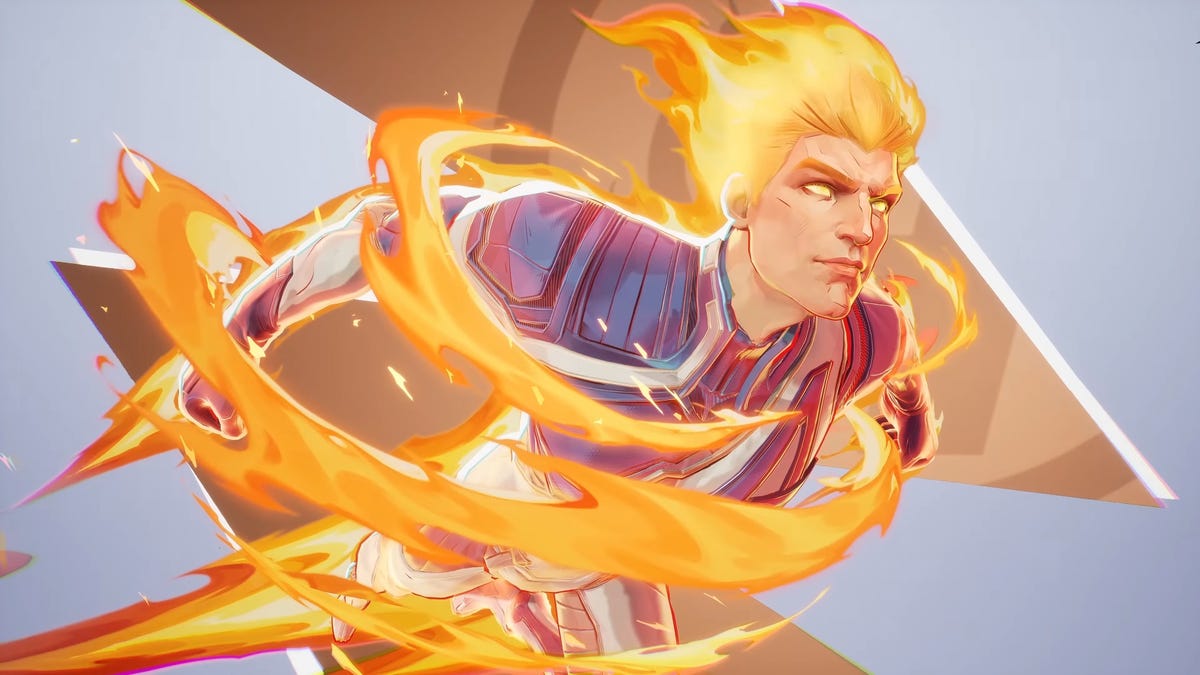
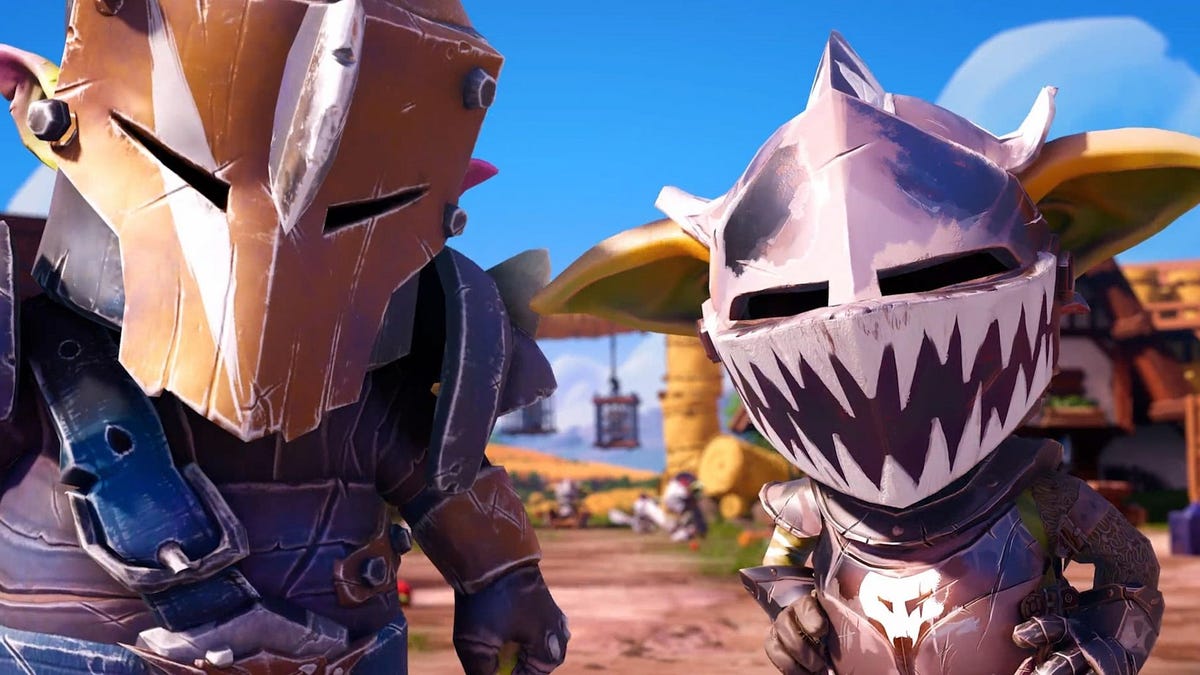





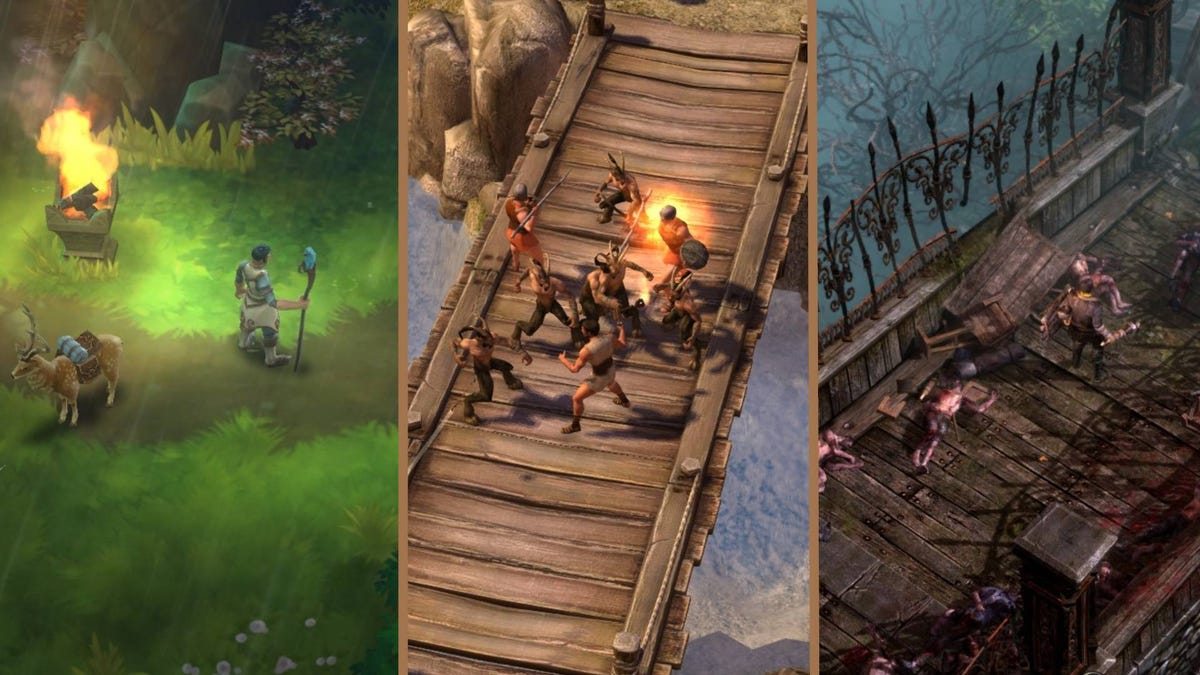



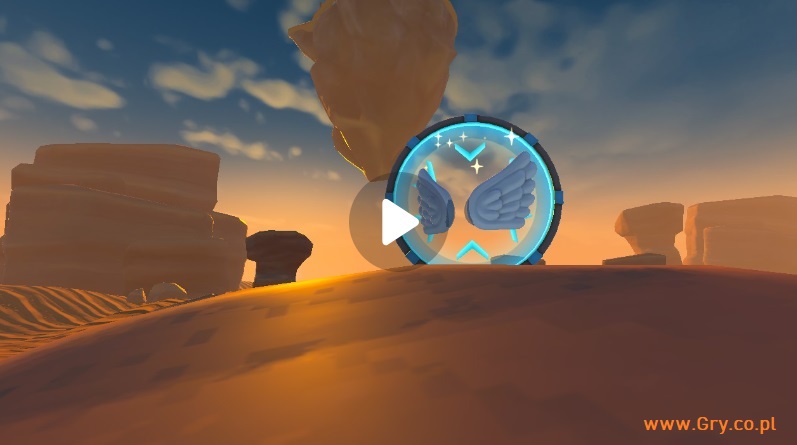


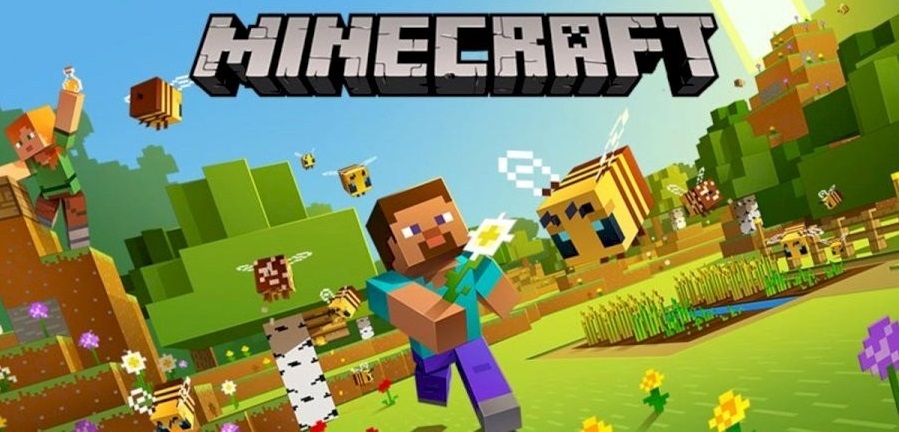

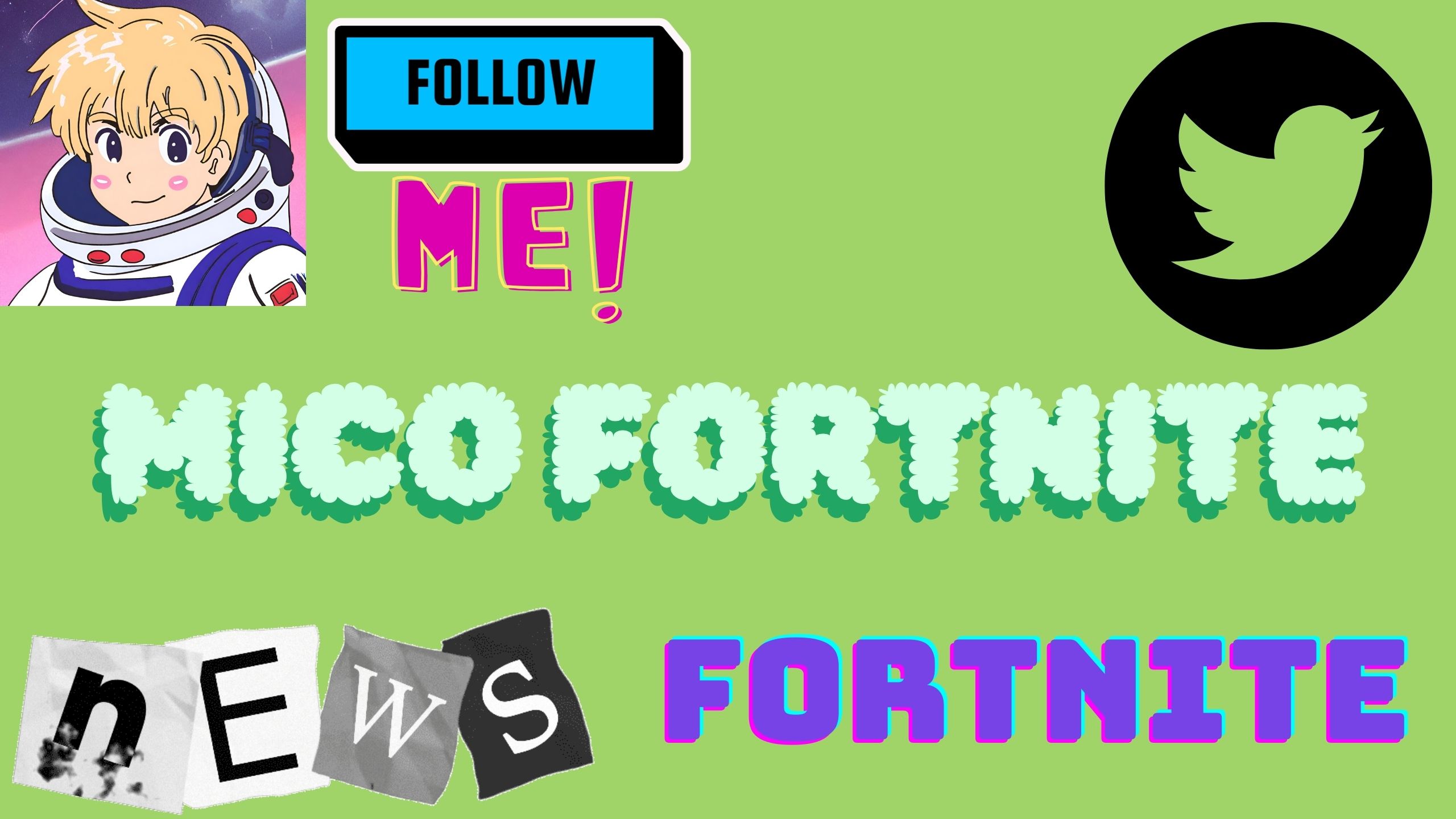

.png)
.png)


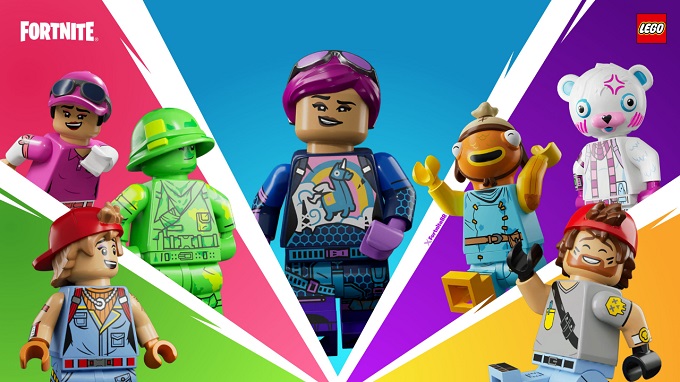
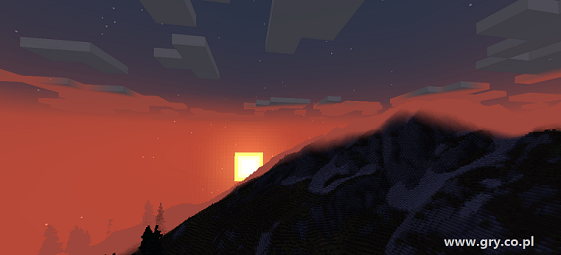






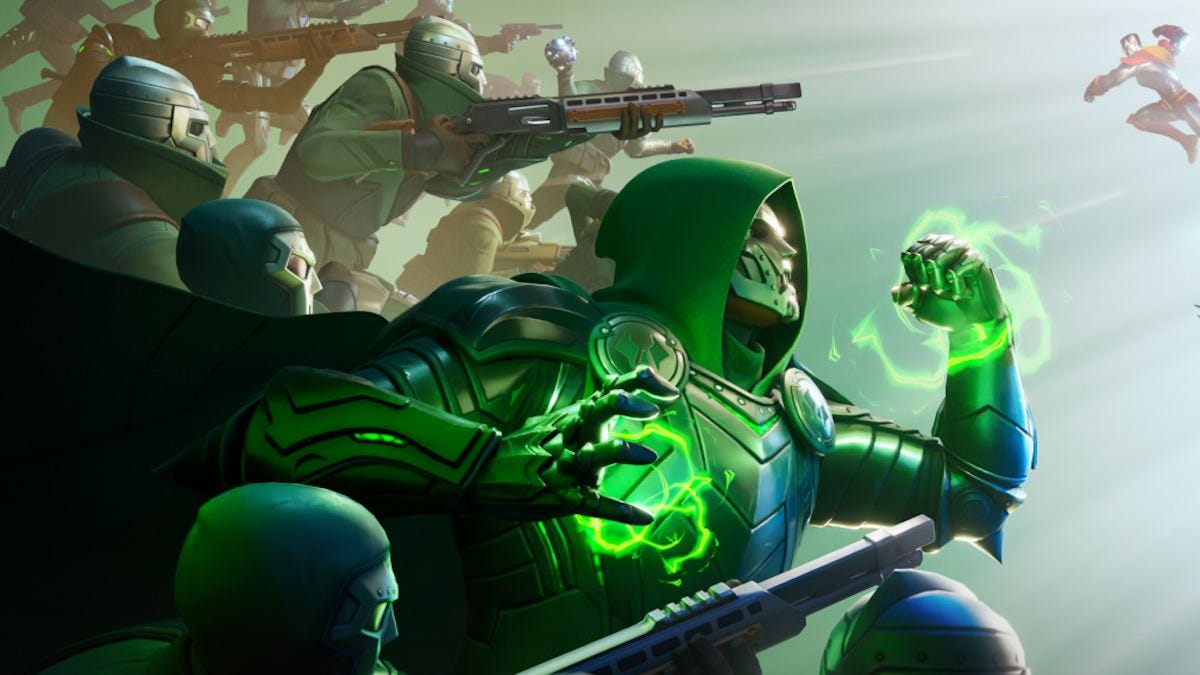
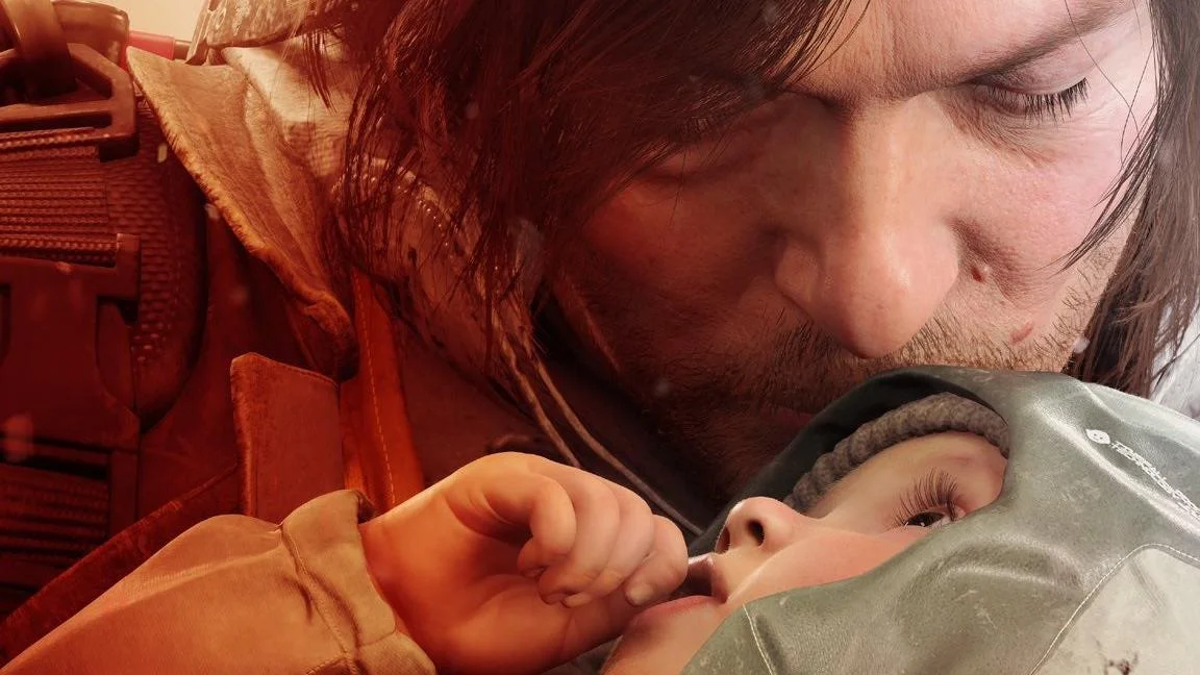



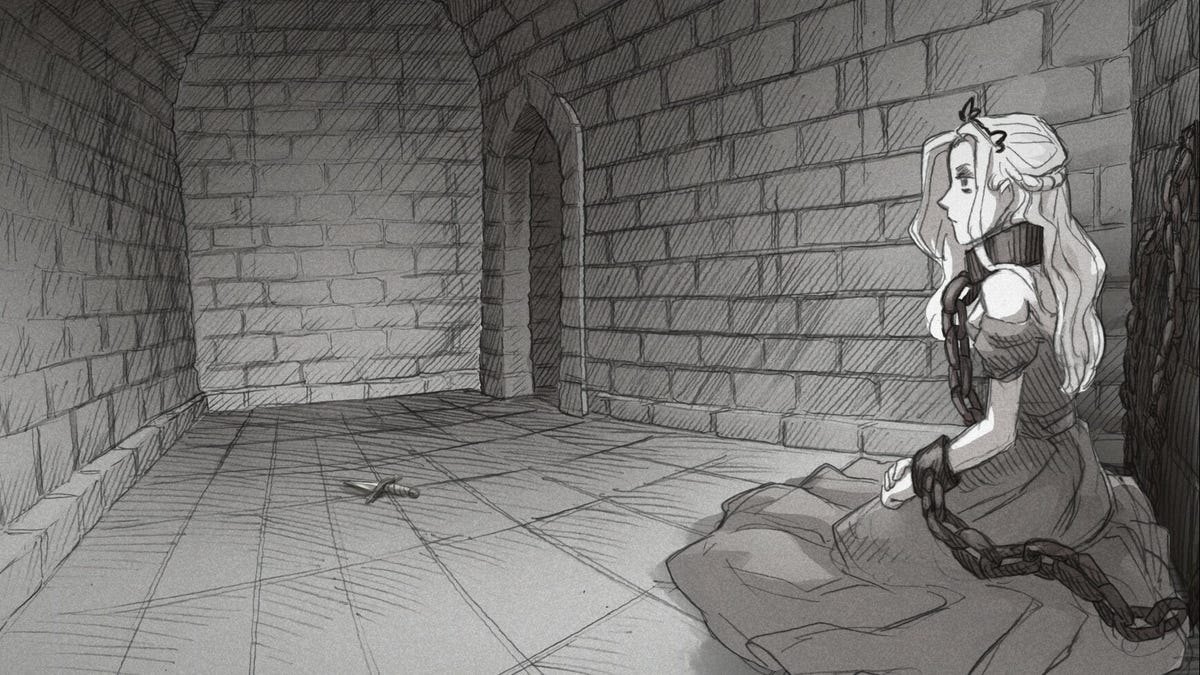



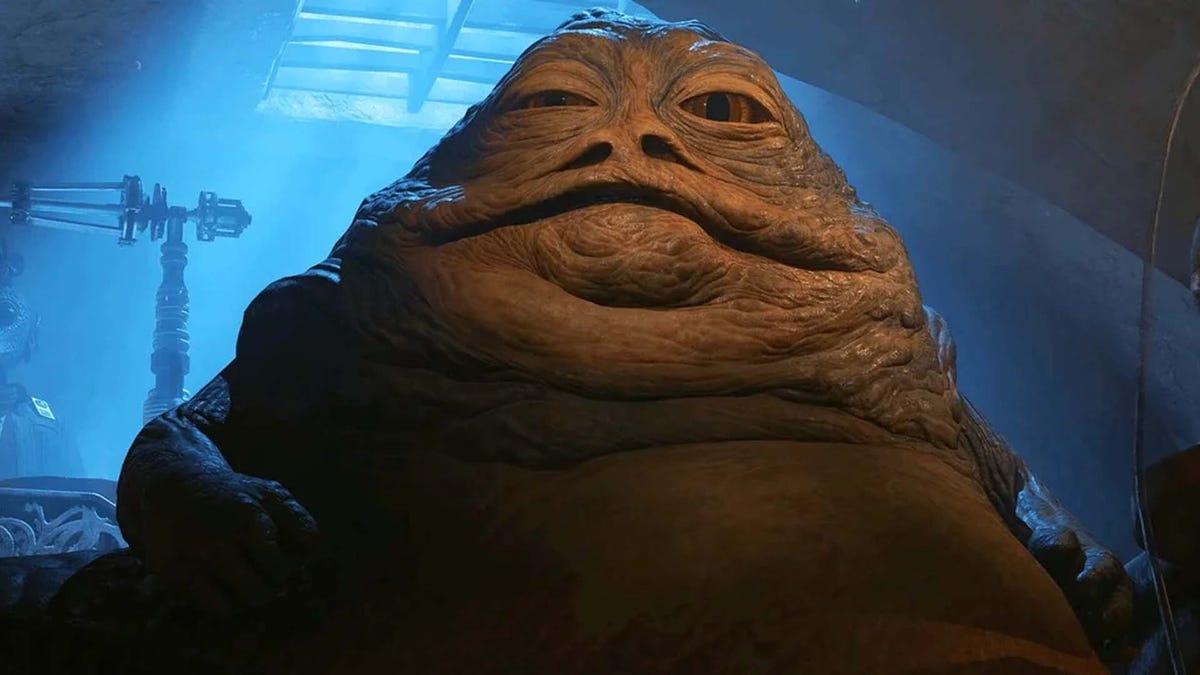



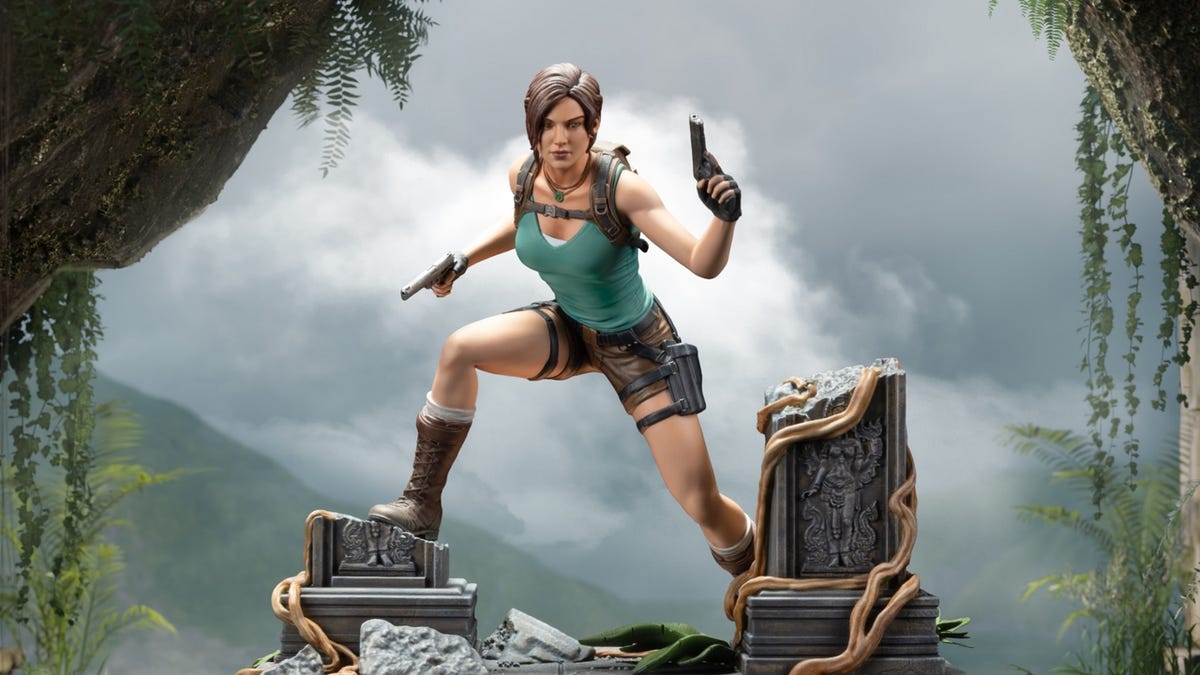


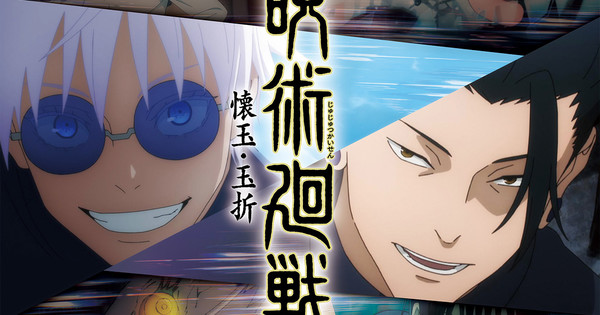
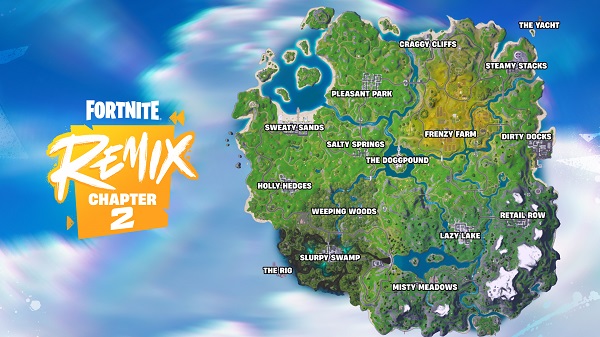
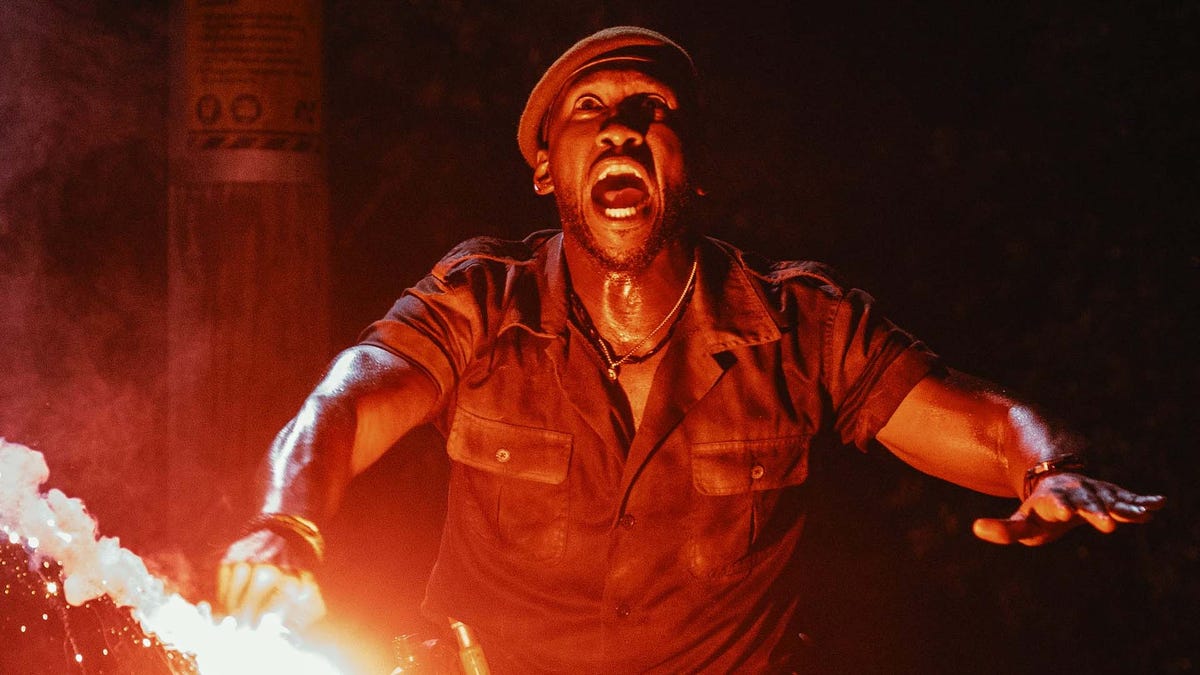


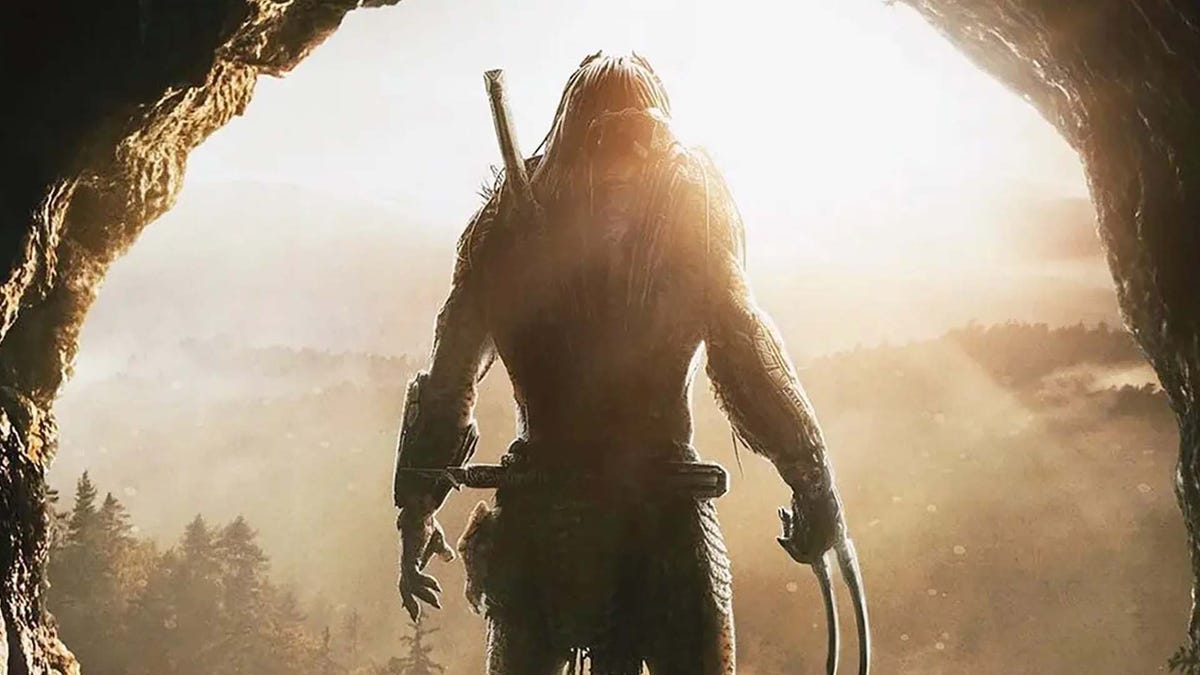


 Bengali (Bangladesh) ·
Bengali (Bangladesh) ·  English (United States) ·
English (United States) ·  Polish (Poland) ·
Polish (Poland) ·